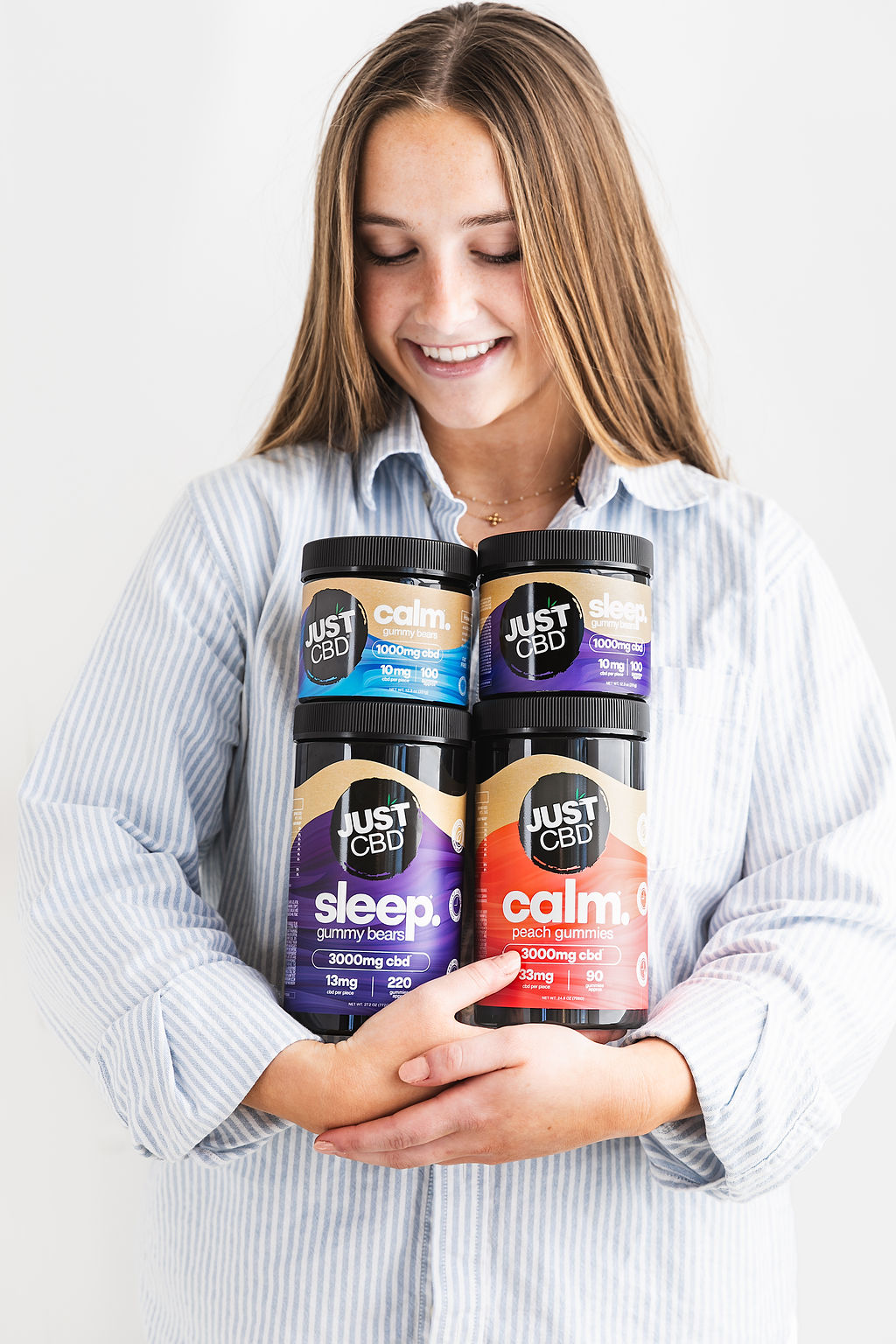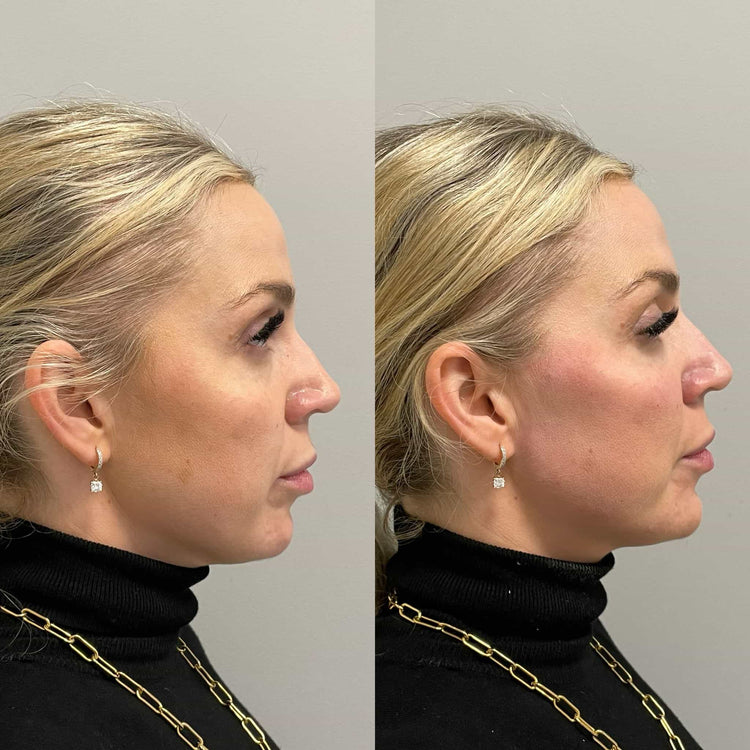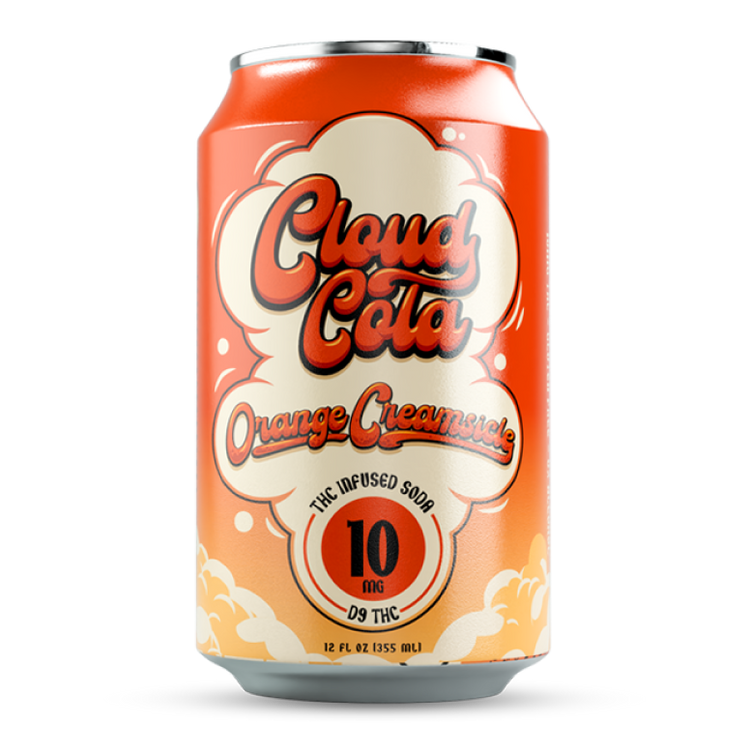Is The Craftsman Series Vape Good For Beginners?
Features of the Craftsman Series Vape
The Craftsman Series Vape has gained popularity among both seasoned vapers and newcomers to the scene. Its sleek design, combined with user-friendly features, makes it an attractive option for those looking to enter the world of vaping.
Battery Life and Charging
The Craftsman Series Vape is a strong contender for beginners due to its simplicity and straightforward functionality. The device boasts a long battery life, allowing for extended vaping sessions without needing frequent recharges.
- Charging is accomplished via a standard USB-C cable, making it convenient to power up using readily available adapters.
- The Craftsman Series Vape typically features a built-in battery with a decent capacity, often ranging from 800mAh to 1500mAh.
- Actual battery life can vary depending on vaping frequency and device settings but generally provides enough power for a full day of moderate use.
Tank Capacity and Coil Options
One notable feature is its tank capacity. Craftsman Series Vapes generally come with tanks that hold between 2ml and 4ml of e-liquid, providing a substantial amount before needing to be refilled. This is particularly beneficial for beginners who may still be experimenting with different e-liquid flavors and nicotine strengths.
When it comes to coil options, the Craftsman Series Vape often offers a selection to cater to various vaping preferences. Popular choices include mesh coils known for their flavorful and smooth vapor production, as well as standard coils that provide a more traditional vaping experience.
Temperature Control
The Craftsman Series Vape incorporates temperature control functionality, allowing users to adjust the heating element’s temperature precisely. This feature is particularly beneficial for vapers who desire greater customization over their vaping experience.
Temperature control enables vapers to fine-tune the heat applied to e-liquid, influencing both flavor and vapor production. By setting a desired temperature, users can optimize their vape for specific e-liquid types or personal preferences.
For example, lower temperatures may be preferred for e-liquids with delicate flavor profiles, while higher temperatures can produce denser vapor clouds.
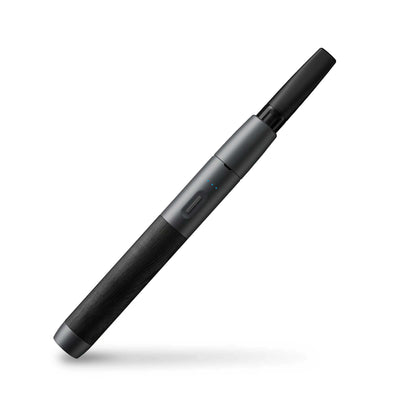
Ease of Use and Design
The Craftsman Series Vape is a good choice for beginners due to its user-friendly design and features.
The device is powered by a built-in battery that typically lasts for a full day of moderate use. Charging is easy with a standard USB-C cable.
Another beginner-friendly feature is the tank capacity, which generally holds between 2ml and 4ml of e-liquid. This provides ample vaping time before needing a refill. The Craftsman Series Vape also often offers a selection of coils, including mesh coils known for flavorful vapor production and standard coils.
A notable feature is temperature control, which allows users to adjust the heating element’s temperature for a customized vaping experience.
Pros for Beginners
The Craftsman Series Vape has gained popularity among both seasoned vapers and newcomers to the scene. Its sleek design, combined with user-friendly features, makes it an attractive option for those looking to enter the world of vaping.
The Craftsman Series Vape is a strong contender for beginners due to its simplicity and straightforward functionality. The device boasts a long battery life, allowing for extended vaping sessions without needing frequent recharges.
User-Friendly Operation
The Craftsman Series Vape is user-friendly and well-suited for beginners. Its simple operation makes it easy to learn the basics of vaping.
One key advantage for beginners is the long battery life. The device typically features a built-in battery with a capacity ranging from 800mAh to 1500mAh, providing enough power for a full day of moderate use.
Charging is convenient as it uses a standard USB-C cable, which can be plugged into any readily available adapter.
The Craftsman Series Vape also boasts a substantial tank capacity, typically between 2ml and 4ml, allowing for extended vaping sessions before needing a refill. This is especially beneficial for beginners who are still experimenting with different e-liquid flavors.
Another beginner-friendly aspect is the selection of coil options available. The Craftsman Series Vape often includes mesh coils, known for their flavorful and smooth vapor production, and standard coils that provide a more traditional vaping experience.
Affordable Price Point
The Craftsman Series Vape presents an attractive option for beginners due to its affordability and user-friendly design.
Its straightforward functionality eliminates the complexity often associated with newer vaping devices, making it easy for newcomers to navigate the world of vaping.
A key factor contributing to its appeal for budget-conscious individuals is its relatively low price point compared to many other vape brands on the market.
This affordability allows beginners to enter the vaping community without a significant financial investment, making it more accessible to a wider range of individuals.
Variety of Flavors Available
One significant advantage of the Craftsman Series Vape for beginners is the variety of flavors available in e-liquid.
The vaping industry offers an extensive selection of e-liquid flavors, from classic options like fruity and menthol to more unique and gourmet blends.
This wide range of choices allows beginners to explore different taste profiles and find flavors they enjoy, making the vaping experience more enjoyable and personalized.
Cons to Consider
While the Craftsman Series Vape presents several appealing features for beginners, it’s essential to consider potential drawbacks before making a purchase. The device may not be ideal for vapers who prioritize advanced customization options or seek high-wattage output, as it generally focuses on simplicity and user-friendliness. Additionally, while battery life is generally good, frequent heavy use might necessitate more frequent recharges.
Limited Customization Options
Limited Customization Options: The Craftsman Series Vape prioritizes simplicity, which may translate to fewer customization options compared to higher-end devices. Vapers who enjoy fine-tuning their vaping experience through extensive adjustments might find this limiting.
Performance Compared to Higher-End Devices
While the Craftsman Series Vape is a solid choice for beginners, it’s important to acknowledge that its performance may not match the capabilities of higher-end vaping devices.
For instance, higher-end vapes often offer more powerful output, allowing for thicker clouds and potentially more intense flavor experiences.
Additionally, more advanced devices frequently feature a wider array of temperature settings and coil compatibility, enabling greater customization for experienced vapers who desire precise control over their vaping experience.
Potential Maintenance Needs
While the Craftsman Series Vape is appealing to beginners, there are some potential downsides to consider. One is limited customization. The device prioritizes simplicity, so you might not have as many options to tweak settings or experiment with different coil types compared to more advanced vapes.
Another factor is that the Craftsman Series Vape may not be suitable for heavy users who vape frequently and at higher wattages. Its performance might not be on par with higher-end devices that offer greater power output and potentially a richer vaping experience.
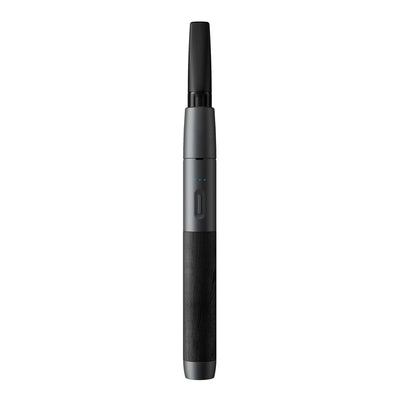
Maintenance needs are relatively straightforward for the Craftsman Series Vape. Regular cleaning of the tank and mouthpiece is essential to prevent buildup and ensure optimal flavor and vapor production. This typically involves using a cotton swab or specialized cleaning tools and mild soap or alcohol solutions.
Coils will need to be replaced periodically as they degrade over time, which can affect flavor and performance. The frequency of coil replacement depends on factors such as vaping frequency and e-liquid type.
Conclusion: Is It a Good Choice?
The Craftsman Series Vape presents a compelling choice for beginners due to its user-friendly design, long battery life, substantial tank capacity, and variety of coil options. Its simplicity and affordability make it an accessible entry point into the world of vaping. However, users seeking advanced customization or high-wattage output might find its limitations restrictive.



